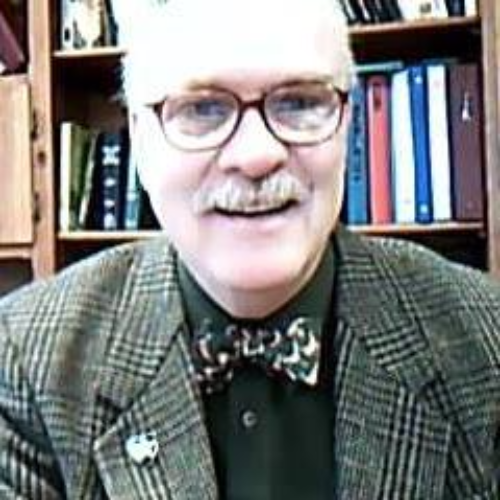-
"In The Beginning"
Contributed by Robert Leroe on Nov 28, 2017 (message contributor)
Summary: We may not fully comprehend the HOW of creation, but we know the WHY. Life is the result of intelligent design/causality.
“In the Beginning”
Pastor Bob Leroe, Cliftondale Congregational Church
Hebrews 11, the faith chapter of the Bible, declares: “By faith we understand that the universe was formed at God’s command, so that what is seen was not made out of what was visible” (vs 3).
Somehow, life exists. How did life begin? We have two choices, two explanations as to how: either our existence is the result of an impersonal, random/chance accident, or God created us. Rabbi Samuel Silver states, “The big-bang theory may be valid, but we theists insist there was a Big-Banger.” The theist view is that God is the first, uncaused Cause.
A university student was struggling to balance her faith with science and stated: “I have no problem believing in God, although I suppose if you took evolution to its inevitable conclusion, you have atheism.”
A few years ago biochemist Michael Behe shook up the scientific community with his book Darwin’s Black Box. He starts with Darwin’s own test of his theory. Darwin wrote:
“If it could be demonstrated that any complex organ existed which could not possibly have been formed by numerous, successive, slight modifications, my theory would absolutely break down.”
Behe took up the challenge, finding in the complex systems of cells machinery that are dependent upon too many interconnected parts to have been built up gradually, step by step, over time. Behe says that cells have a quality he calls “irreducible complexity.” In other words, the inner workings of cells are composed of several well-matched, interacting parts that contribute to the basic function, and the removal of any one of the parts causes the system to cease functioning.
The question is this, according to Behe: “If the first life did arise by random naturalistic processes from a chemical soup, as all textbooks are saying, what exactly are the minimum systems that are required for life?” Behe then determined the absolute basic requirements necessary for life to exist—a functioning membrane, a system to build the DNA units, a system to control the copying of DNA, and a system for energy processing. He then realized that there were “too many systems; it couldn’t have happened by chance.” This leaves only one Option—“Intelligent Design”. The “irreducibly complex” molecular machinery is another way of saying that the intricacy of life points to a Creator, just as a watch indicates there must be a watchmaker. Design indicates a Designer. Or as the Psalmist wrote, “The heavens declare the glory of God, the skies proclaim the work of His hands” (Psalm 19:1).
When I took math in high school, one thing I learned about was the lowest common denominator. In biology, the lowest common denominator is actually not one, but several essential factors which must all be present in order for life to exist. Life is amazingly complex, and according to Behe, it could not have been formed by “numerous, successive, slight modifications”.
Behe suggests we think of a cell as a machine, like a mouse-trap. Though it’s an uncomplicated device, a mousetrap consist of several parts—a platform, hammer, spring, holding bar and so on—all of the parts must be there in order to catch a mouse. Remove any one of the parts and it no longer functions. The mousetrap is irreducibly complex. All the pieces have to be in place before you catch any mice. According to Behe, cells are full of systems that are irreducibly complex and which point to the inescapable conclusion that there must have been intelligent design, a Designer Who put the system together, Who built the mousetrap. Life shows the mark of design because a number of separate yet interacting components operate together, like the inter-working parts of a mousetrap. Life didn’t “just happen”. It would take an enormous amount of luck to get the right pieces to form in the right places through a gradual, step-by-step process. Cells are too complex to have evolved randomly; intelligence was required to produce them. We do not exist by accident, due to a chance, purposeless process, random mutation or spontaneous generation.
The worldview of evolutionary naturalism relies on happenstance. Astronomer Carl Sagan’s explanation of the formation of life is that all we see is the result of an “amazing accident”. The doctrine of Creation, on the other hand, teaches that we exist because a purposeful Creator planned, caused and directed our being. This Creator also cares about what we do and what happens to us.
Evolution seeks to trace life back to its origins...yet ultimately we are faced with a dilemma: Where did all this matter come from? Why is there something and not nothing? How did the first cell originate? How did something come from nothing? How could life come from non-living matter? What started it all? Some claim the “big-bang” did it—but what caused the big-bang? The first words of the Bible contain the answer: “In the beginning God created the heavens and the earth” (Genesis 1:1). There was a First Cause that fashioned life ex-nihilo, out of nothing.

 Sermon Central
Sermon Central



